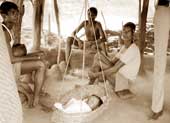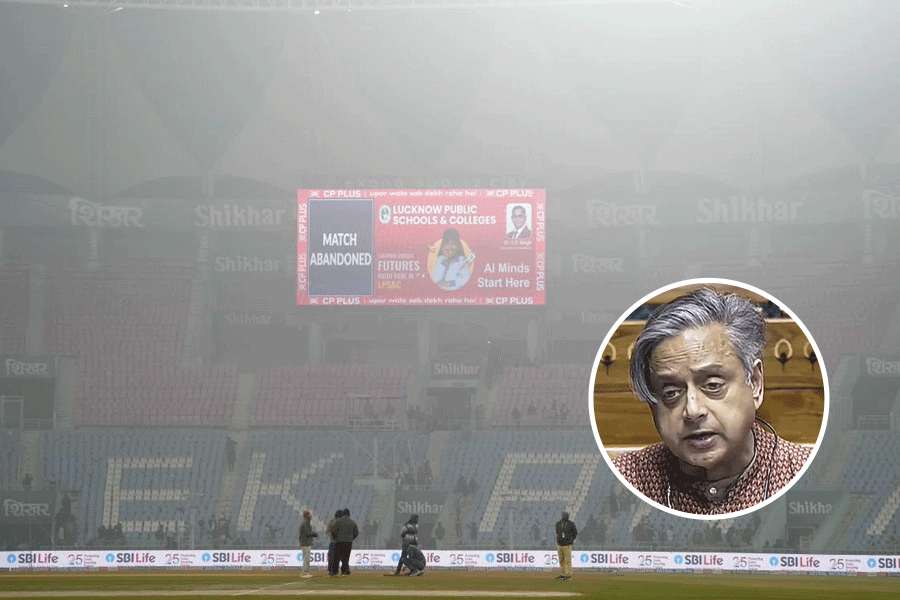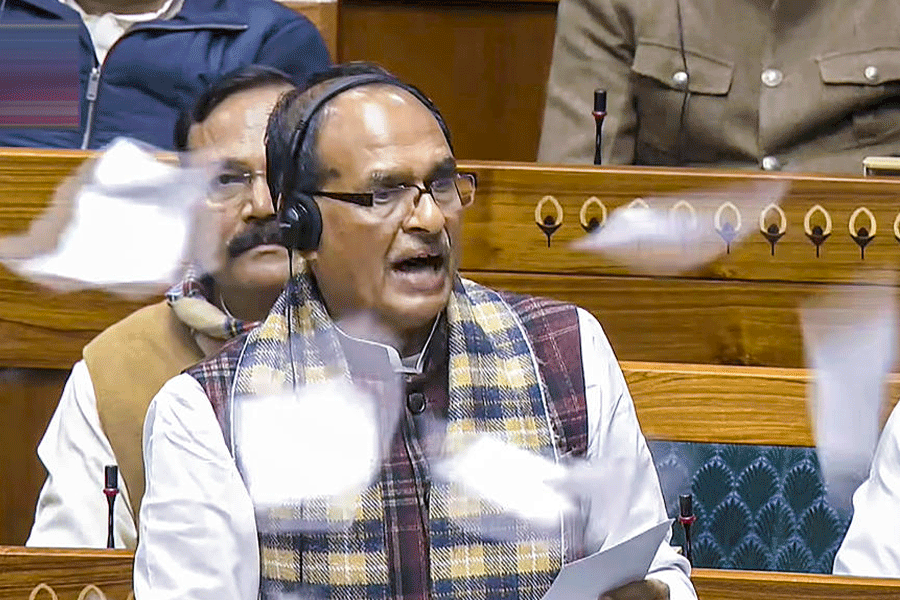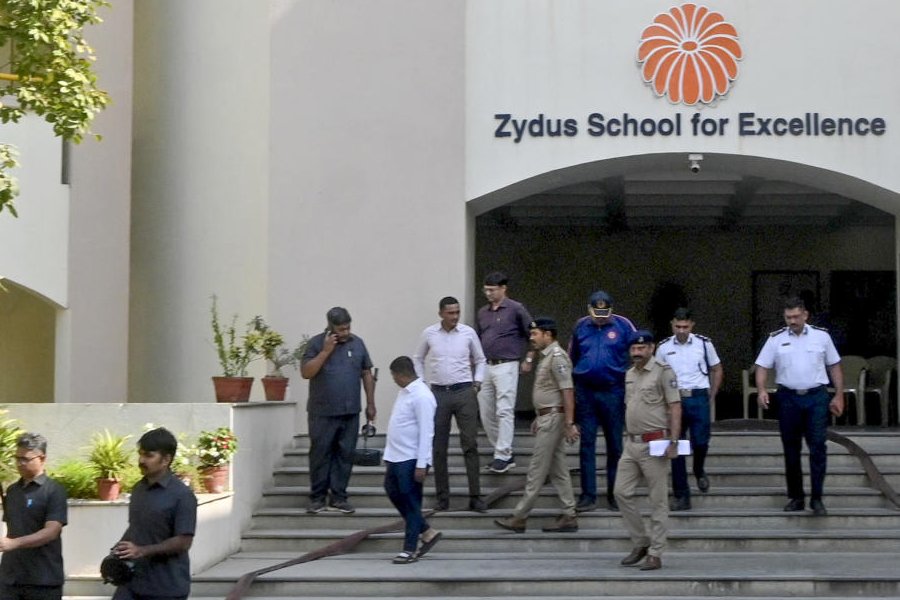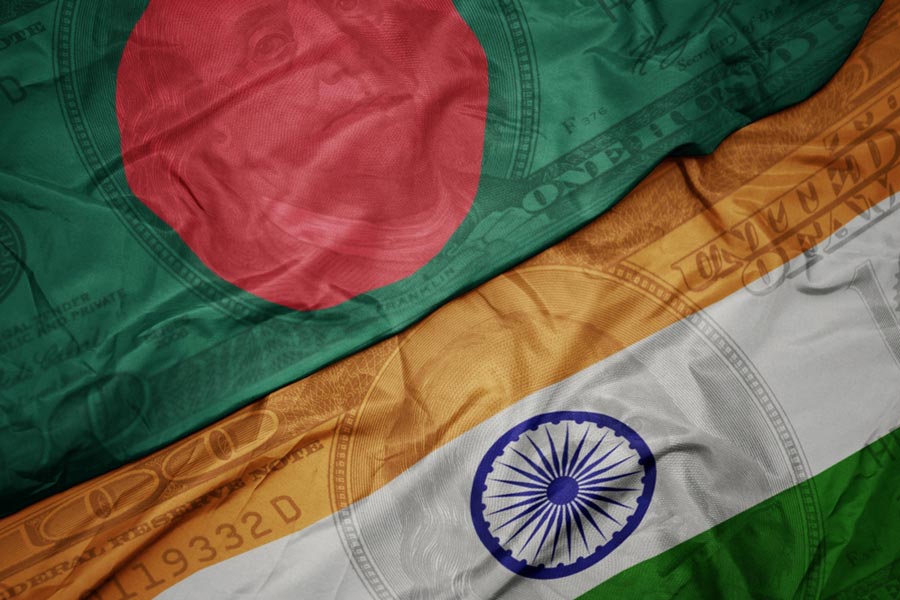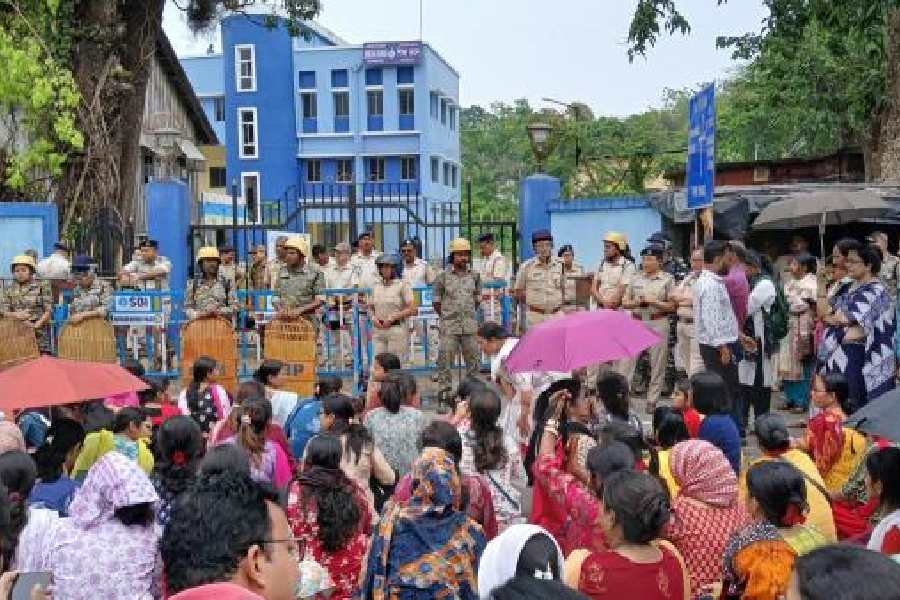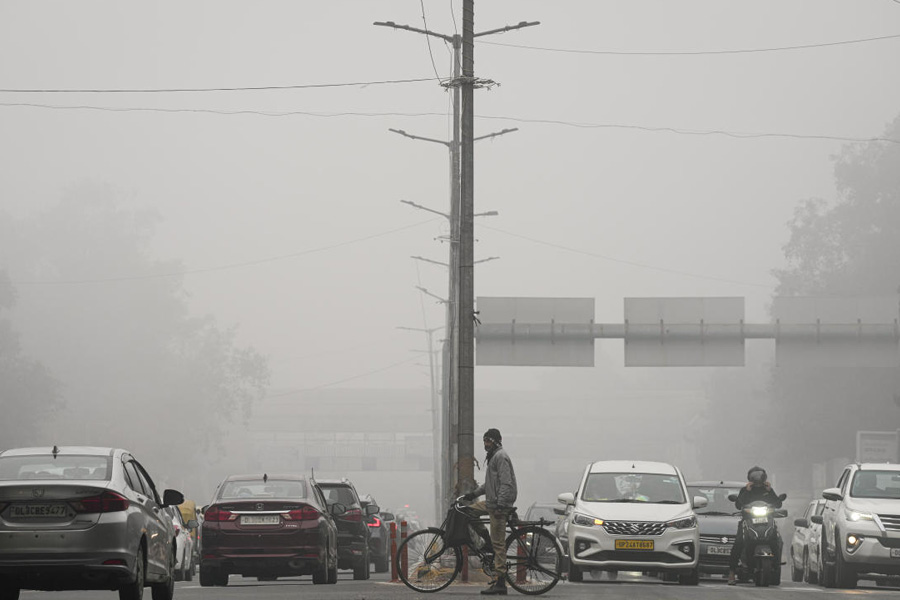|
|
| Caught in the middle |
The landscape of Bastar is gorgeous. The roads we drove on and walked through went up and down, and curved. Hills loomed in the distance. The vegetation was very lush: wild mango, jackfruit, sal and teak among other indigenous species. The forest was broken up with patches of grassland. Even in late May, the terrain was very green. In four days of driving and walking, the only non-native trees we saw were in a single scraggly patch of Eucalyptus. The bird-life was as rich and as native as the vegetation ? warblers and wagtails on the ground, the Brainfever Bird and the Indian Cuckoo calling overhead.
In our travels through the region, every now and then we passed a stream, mostly sand with a thin line of water somewhere in the middle, running north to join the Indravati. Of that great river we were afforded two unforgettable sights. The first was of the Chitrakoot Falls, 20 miles from Jagdalpur, where the river descends many hundred feet by means of a stone massif, about a quarter-of-a-mile wide. In the monsoon this must be quite a picture. The second was in Dantewada district itself, where we walked from a village down to the river. The water was flowing in three different streams, broken up by sand and rock. On the other side lay Abujmarh, its isolation signalled by the densely wooded hills beyond.
The scenery was both hauntingly beautiful as well as utterly desolate. Evidence of the former lay before our eyes; evidence of the latter, in the testimonies of those we met and interviewed. The desolation was also implied in the signs planted along the road, which told us that Salwa Judum was the main slogan and way (?moolmantra?) by which Naxalism would be eradicated. Then it added: ?Naxali Bhagao, Bastar Bachao?.
As a means of saving Bastar from the Naxalites, the Salwa Judum and the state administration have uprooted more than 4,000 villagers and placed them in camps along the road. While some came voluntarily ? out of fear of the Maoists ? many others came out of fear of the administration and the goondas commissioned to work with them. Whether refugee or displaced, they live in primitive conditions ? in tents made up of plastic sheets strung up on top of bamboo poles, open on three sides to the elements. Some pucca houses had been built, but these were inappropriate to the climate and context, being small and dark, and with asbestos roofs. Worse, the residents of the camps had been given no alternative means of livelihood. Once independent farmers, hunters and gatherers, they now had to make do with the pickings that came from coolie labour. In the camps, the men wore sad, simple lungis and banyans; the women, crumpled and torn saris; the children, sometimes nothing at all.
Among those displaced by the Maoists were many residents of Belnar, a large village that lay in Abujmarh across the river Indravati. The village was divided almost equally among Kallars, a backward caste of cultivators and distillers; and Murias, a scheduled tribe who depend more heavily on the produce of the forests. The Kallars speak Halbi, the Murias, Gondi. Although the former own a little more land and livestock, they depend on the rains for their single crop, and would by any commonsensical definition qualify as ?subsistence peasants?. However, by applying orthodox Marxist theory in a very orthodox manner, the Maoists defined the Kallars as the exploiters, and the Murias as the exploited. They put pressure on the Kallars to give away the land, produce, and animals that Marxist dogma deemed to be ?excess?. For a time the Kallars put up with the demands, but eventually they decided to cross over into the custody of the state.
Moving away from the camps into the villages off the road, we found evidence of depredations by the other side. In one Muria hamlet, we photographed ten homes burnt by a Salwa Judum mob. This village lay close to a hill where the guerrillas were said to sleep by day; the villagers were alleged to sometimes give them refuge at night. Among these Murias, the feelings against the Salwa Judum ran very high. Against the background of a clump of mahua trees, and with a Golden Oriole calling in the background, a Muria woman demonstrated the humiliations she was subject to. The men were equally bitter ? wishing to live quietly in their homes, they were forced to report at a nearby camp and spend the nights there.
The Salwa Judum opposed the Maoists in theory. Yet in practice, they complemented their opponents in deepening and making more deadly the divisions in society. The fissures now ran very deep. Tribe had been set against tribe, village against village. The district magistrate of Dantewada endorsed the Salwa Judum position that ?if you are not with us, you are against us?. If you did not take sides, you were prone to be labelled a Naxalite, and beaten up or put in jail (we saw men who had met both fates). An atmosphere of fear and paranoia pervaded the district. Villagers were being encouraged by the state to act as spies and informants, reporting on the movement of outsiders and occasionally on their fellow tribals too.
On the other side, the Maoists had made a particular target of the freshly recruited ?special police officers?. In one especially gruesome incident, the guerrillas kidnapped 50 Salwa Judum members. They later set 37 free, but killed the 13 identified as SPOs. Maoists also attacked village headmen and panchayat representatives, identified by them with the bourgeois political system.
There is a massive police presence in the Dantewada district. There are three battalions of the Central Reserve Police Force, and a battalion each of the Nagas and the Chhattisgarh Armed Force ? this apart from regular police. In all, there must be some 7,000 uniformed men in the district. Yet there are scant signs of any effective action against the revolutionaries. We met three CRPF commanders ? not one had ever seen a Naxalite, let alone killed or arrested one.
The armed officials of the state, we found, patrol only in the daytime and mostly along the roads. Bunkered in their stations, their real interest lies in protecting themselves. Meanwhile, Salwa Judum has been given a free hand to behave as they like, with whomsoever they like. A local journalist summed up the attitude of the police and the CRPF as follows: ?Apas mein gaonwalon ko ladne do, hum apne ko bacha ke rakhenge (Let the villagers fight it out among themselves, while we stay safe).?
The majority of villagers, of course, are not interested in this fight either. They have been dragged into it, willy-nilly, by the Maoists on the one side and the Salwa Judum on the other. As one tribal in Nelasnar told us: ?Humme dono taraf se dabav hain, aur hum beech mein pis gaye?. It sounds far tamer in English ? pressured from both sides, here we are, squeezed in the middle.
In the heartland of India, far away from the din caused by the quota debate and the surge of the new economy, a conflict is taking place that has already claimed hundreds of families. It is a civil conflict that threatens to turn into a civil war. How might it be stopped or contained? The question is of crucial importance ? indeed, it might have a greater bearing on the future of India than, shall we say, the state of the Sensex. In my concluding article, I shall return to this question, and to its likely answers.

